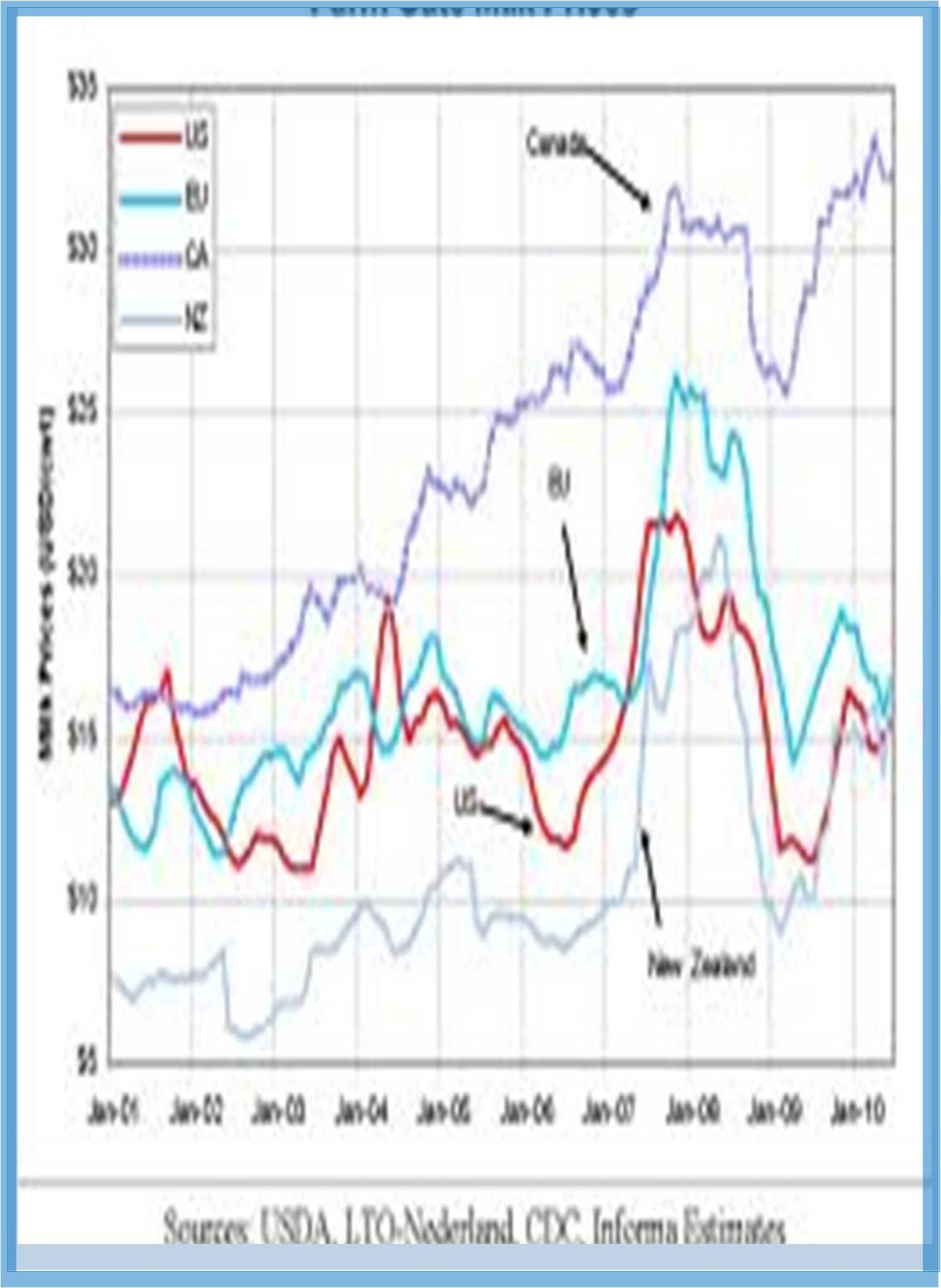



Agricultural economics is a study of the allocation, distribution, and utilization of the resources used, alongside the commodities produced, by farming. Agricultural economics plays a task within the economics of development, for endless level of farm surplus is one among the wellsprings of technological and commercial growth. In general, one can say that when an outsized fraction of a country’s population depends on agriculture for its livelihood, average incomes are low. That doesn't mean that a rustic is poor because most of its population is engaged in agriculture; it's closer to the reality to mention that because a country is poor, most of its people must depend on agriculture for a living.
Global Journal of Agricultural Economics and Econometrics (GJAEE), ISSN: 2408-5510 may be a peer-reviewed, open access journal that gives rapid publication (monthly) of articles altogether areas of Agricultural Economics and Econometrics and related disciplines. The objective of this journal is to provide a veritable platform for scientists and researchers all over the world to promote, share, and discuss a variety of innovative ideas and developments altogether aspects of Agricultural Economics and Econometrics The Journal welcomes the submission of manuscripts that meet the overall criteria of significance and scientific excellence. Papers are going to be published shortly after acceptance.
The Global Journal of Agricultural Economics and Econometrics provides a forum for creative and scholarly work on the economics of agriculture and food, natural resources and the environment, and rural and community development throughout the world.
Papers should relate to one of these areas, should have a problem orientation, and should demonstrate originality and innovation in analysis, methods, or application. Analyses of problems pertinent to research, extension, and teaching are equally encouraged, as is interdisciplinary research with a significant economic component. Review articles that offer a comprehensive and insightful survey of a relevant subject, consistent with the scope of the Journal as discussed above, will also be considered. All articles published, regardless of their nature, will be held to the same set of scholarly standards. The topics related to this journal include but are not limited to:
Land Usage, Soil Ecosystem, Agricultural Policy, Agricultural Environment and Natural Resources, Food and Consumer Economics, Production Economics and Farm Management, Agrarian Law, Agrarian Reform, Agribusiness, Agricultural Value Chain, Farm Crisis.
Global Journal of Agricultural Economics and Econometrics (GJAEE) welcome the submission of manuscripts that meet the general criteria of significance and scientific excellence. Papers will be published about one month after approval. Electronic submission of manuscripts is strongly encouraged, provided that the text, tables, and figures are included in a single Microsoft Word file (preferably in Arial font).
An earlier precursor of agricultural economics was farm management, which may be a science of organizing and mixing people, natural and material resources for the aim of crop and livestock production in order to maximize profit while optimizing input use. It grew out of the discipline of agronomy, which cares about physical management in agriculture—mechanization, cultural practices, land use, and labor utilization. However, there was a lack of financial considerations in management decision, which was filled through the application of economic laws and theorems. Inclusion of monetary management resulted within the creation of the American Farm Management Association in 1910. However, most preoccupation of the farm management professionals was undertaking farm surveys to work out production costs among groups of comparable farms to realize an appreciation of what sort of farm was most successful. Heady criticized this discipline as having a methodology that was rooted in descriptive positivism, empiricism, and inductive procedures. This led to the development of farm economics discipline that later on was known as the discipline of agricultural economics.
Thus, GJAEE provides the opportunity for the worldwide scientists to publish their articles and make it reachable to the large number of the readers and acknowledge the unknown aspects of the agricultural fields. Explore the present and future issues in agriculture from an economic point of view. Additionally, as guidance to policy-makers, it had been hoped that this book can also provide information on the long run shape of agriculture within the planet. In many parts of the planet, food production isn't ready to meet the demand for the growing population. Additionally, increased income in many regions has changed the composition of the food basket demanded by today’s consumers. In many nations, rural areas are losing people toward urban areas—a process called urbanization.
This has created a further stress on the economic health of agriculture. Within the future, land degradation, global climate change, air and pollution, depletion of freshwater resources, loss of forested areas, and other similar trends would add further stress on the economics of the agriculture industry, and on the people associated with it. This book was intended to provide readers (policy-makers also as academics) with a comprehensive overview of this and future state of the art in assessing economics of agriculture and the way it's getting to change over time in various parts of the planet. Although this was the initial intent of the book, its present contents aren't totally reflective of these areas. In fact, contents of this book relate to only a few of them that are of interest to agricultural economists currently.